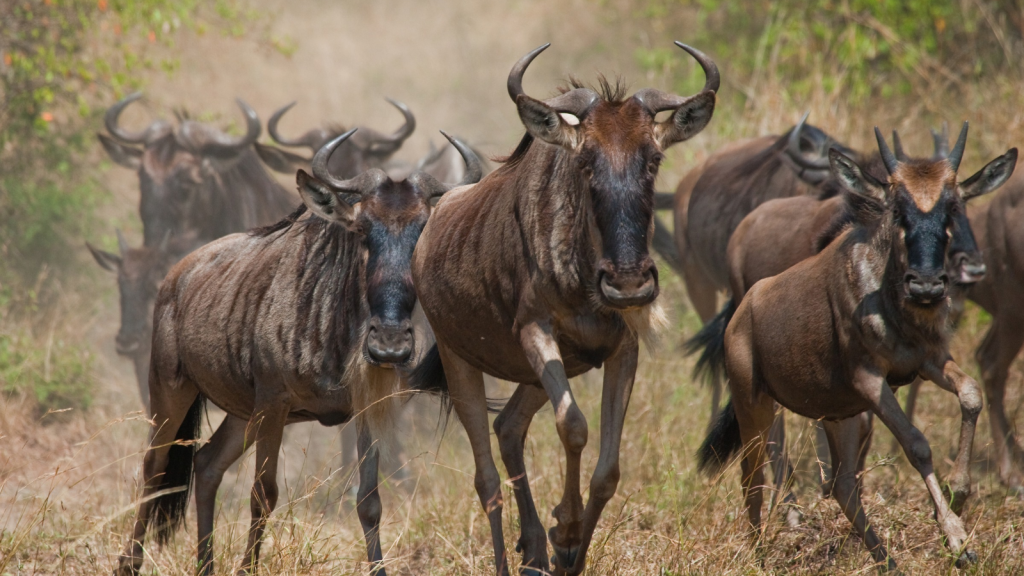Every year, millions of creatures embark on incredible journeys across our planet. These epic travellers face countless challenges, yet they’ve evolved astonishing skills to help them survive. From birds that nap mid-flight to fish that can sense the Earth’s magnetic field, migratory animals are true marvels of nature. Their remarkable abilities not only help them reach their destinations but also showcase the wonders of evolution. Let’s explore some of the most extraordinary talents these globetrotting creatures possess.
Half-Brain Sleep

Some birds can literally sleep with one eye open. They shut down half their brain for a quick nap while keeping the other half alert for danger. This clever trick allows them to rest during long flights over open water without falling from the sky. Frigatebirds are masters of this technique, able to sleep for up to 10 minutes at a time while soaring.
Built-In Compass
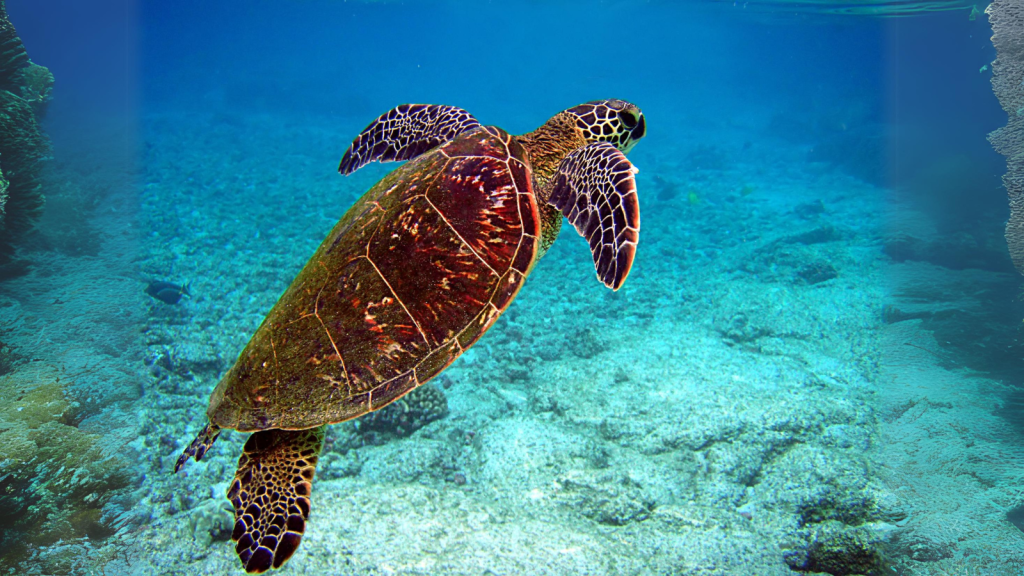
Many migratory animals, including sea turtles and salmon, have an innate ability to detect the Earth’s magnetic field. This internal compass helps them navigate vast distances with impressive accuracy, even when other visual cues are absent. Scientists believe this ability comes from magnetic particles in their brains that act like tiny compasses.
Extreme Endurance
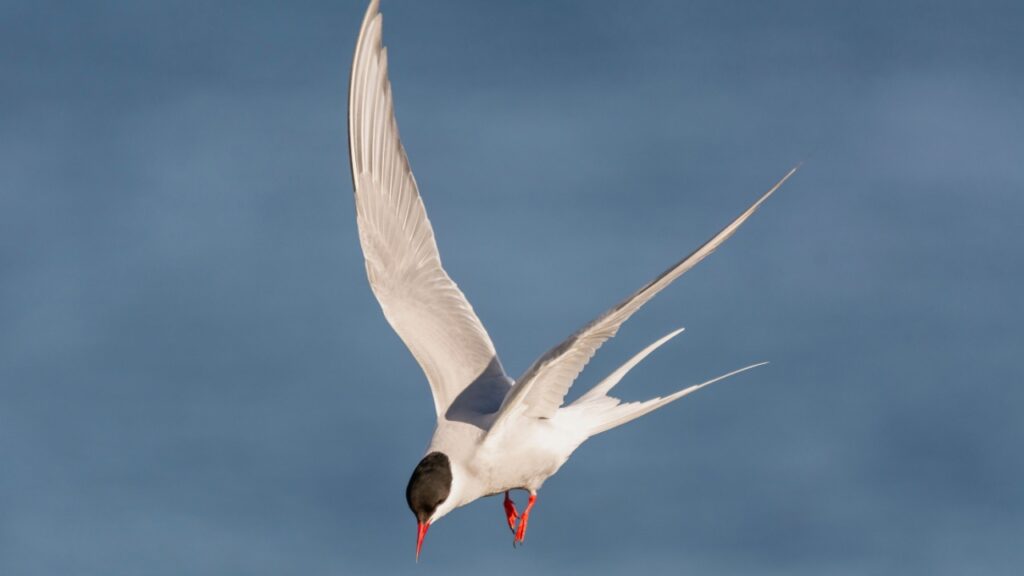
Arctic terns hold the record for the longest migration of any animal. These small seabirds fly from the Arctic to the Antarctic and back each year, covering up to 70,000 kilometres. Their journey is a true test of stamina and determination. Over its lifetime, an Arctic tern may travel a distance equal to flying to the Moon and back three times.
Shape-Shifting Organs

Some birds, like bar-tailed godwits, can shrink their internal organs before long flights. This reduces their body weight, making their epic journeys more energy-efficient. Once they land, their organs regrow to normal size. Their digestive organs can shrink by up to 50%, while their heart and flight muscles enlarge to power their long-distance flights.
Celestial Navigation
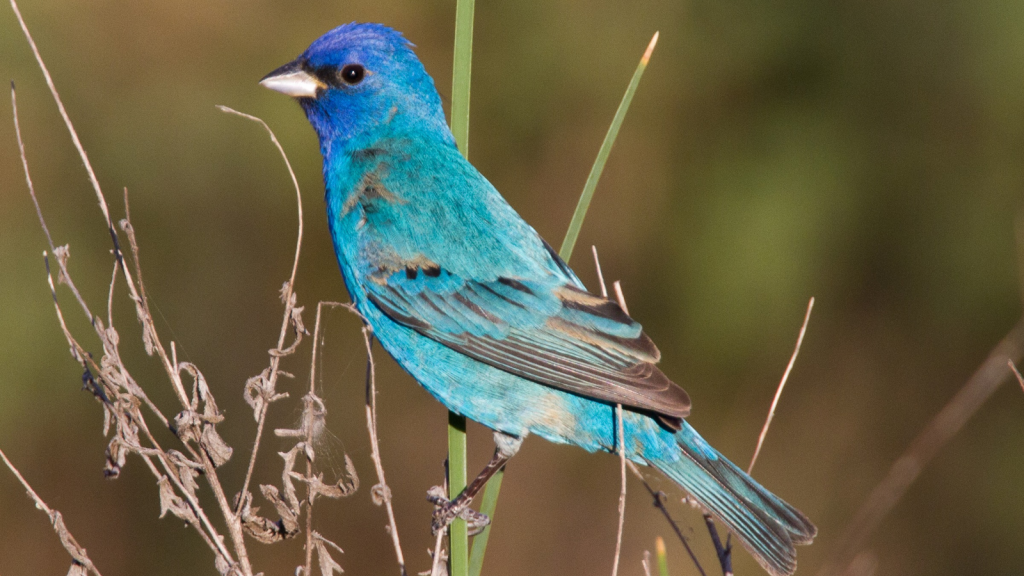
Many night-flying birds use the stars to guide their way. They can recognise constellations and use them as a celestial map, much like ancient human sailors did before the invention of modern navigation tools. Indigo buntings, for example, use the North Star as a fixed point to orient themselves during migration.
Smell Their Way Home
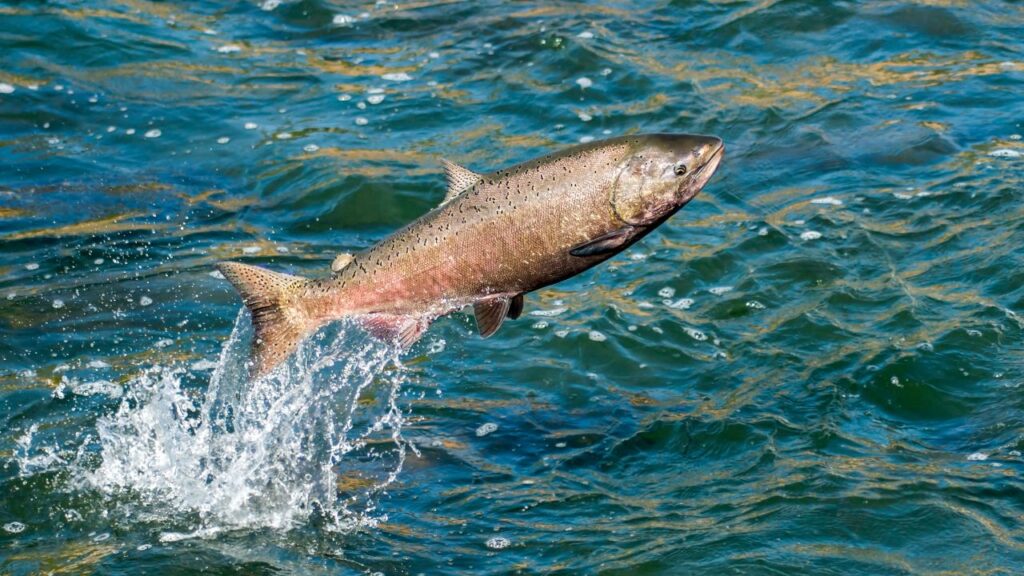
Salmon have an extraordinary sense of smell that allows them to return to the exact stream where they were born. They can detect unique chemical signatures in the water, guiding them upstream even after years in the open ocean. Their sense of smell is so acute that they can detect one drop of scent in 250 litres of water.
Fat-Fuelled Flight
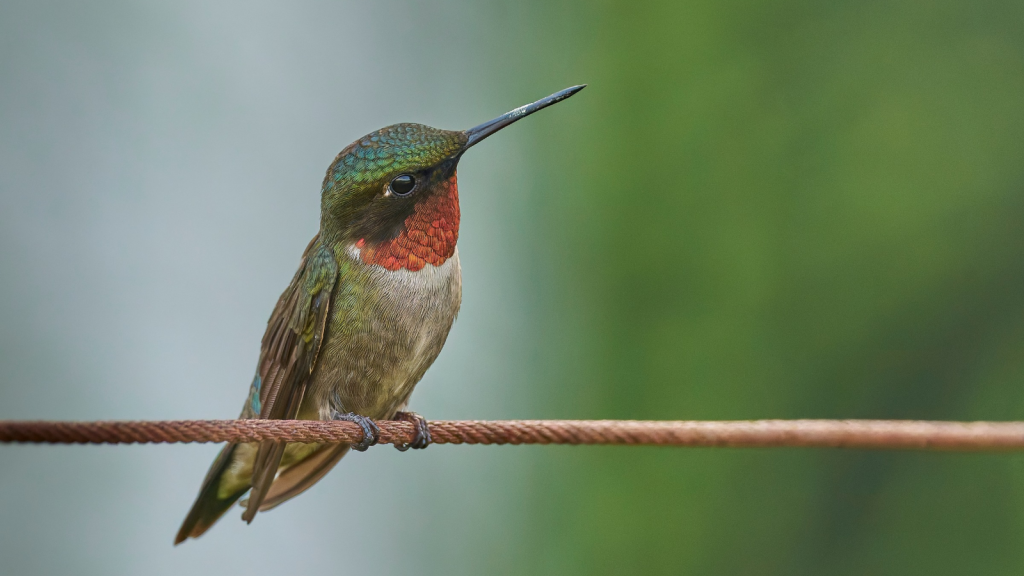
Before migration, many birds gorge themselves to build up fat reserves. This fat acts as a high-energy fuel, allowing them to fly for days without stopping to eat. Some can even double their body weight before taking off. The ruby-throated hummingbird, weighing just 3 grams, can gain enough fat to fly non-stop across the Gulf of Mexico, a journey of up to 800 kilometres.
Weather Forecasting
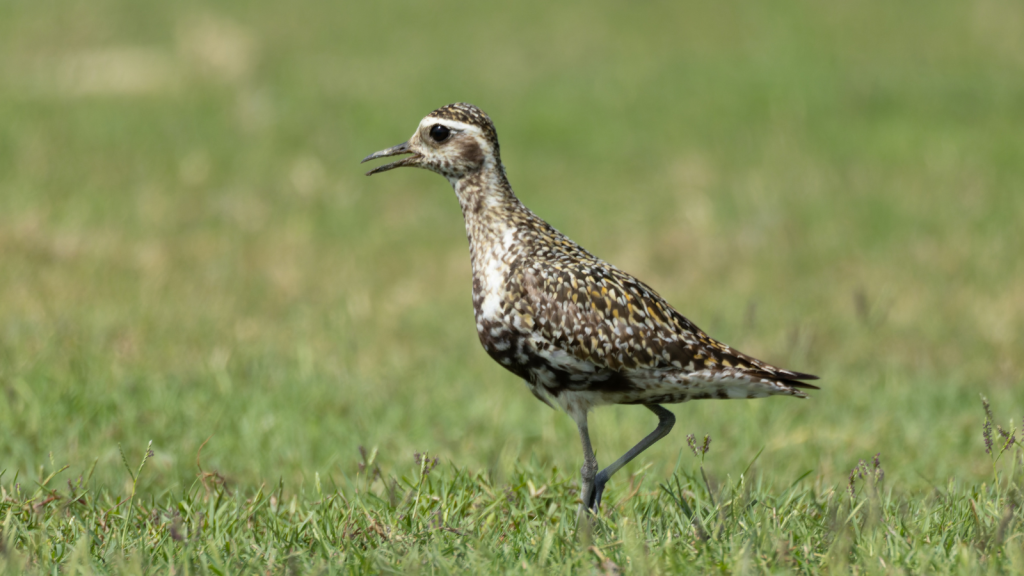
Many migratory birds can sense changes in air pressure and predict incoming storms. This ability helps them avoid dangerous weather and find the best winds to aid their journey. Some species, like golden plovers, can even detect infrasound from distant storms, allowing them to plan their routes accordingly.
Group Navigation
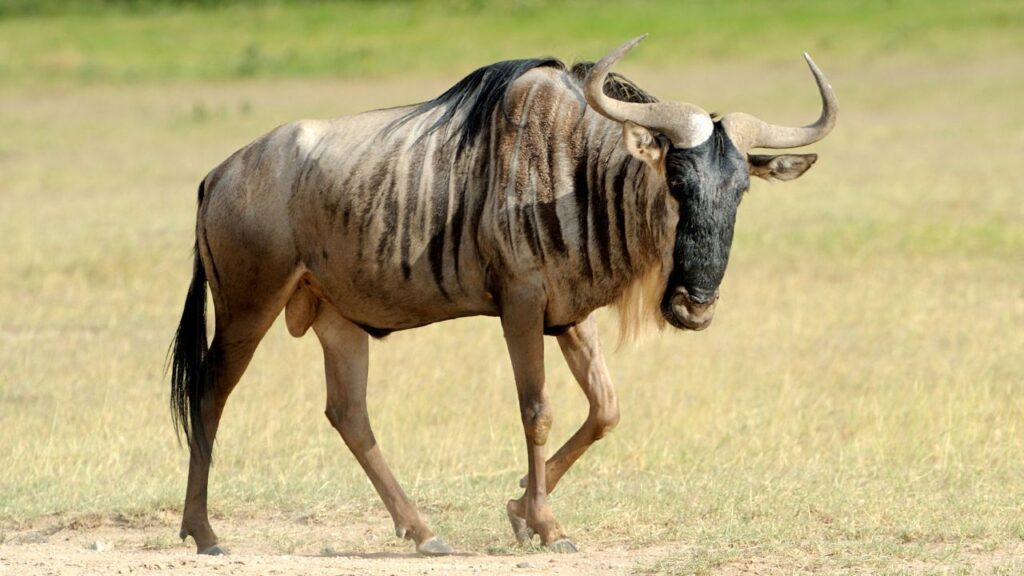
Some animals, like wildebeest, migrate in huge herds. They use collective intelligence to navigate, with different individuals taking the lead at various times. This shared knowledge helps them find the best routes and avoid predators. In the Serengeti, up to 1.5 million wildebeest participate in this annual migration, forming a living river of animals.
Ultraviolet Vision
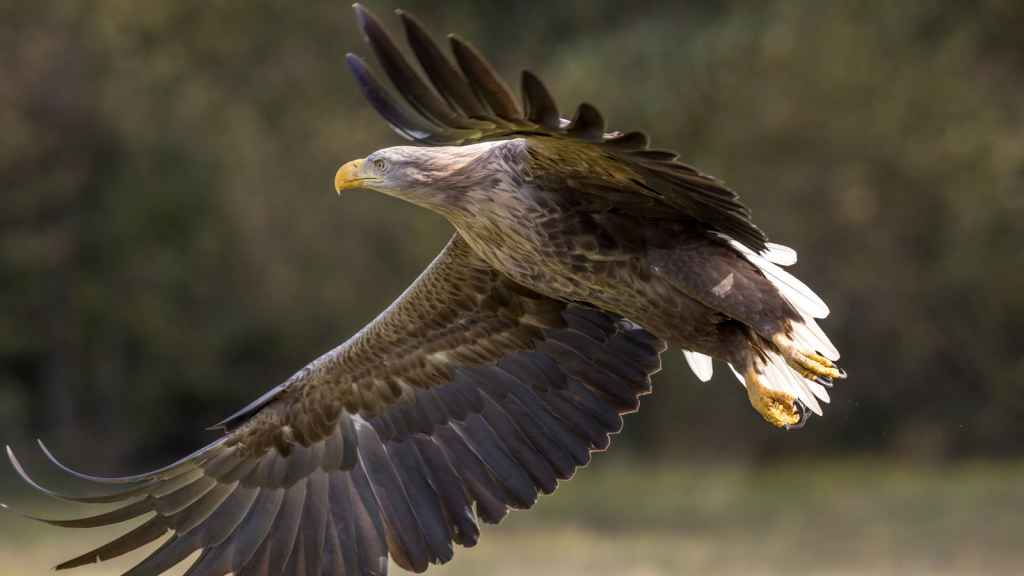
Many birds can see ultraviolet light, which is invisible to humans. This expanded colour spectrum helps them navigate using UV patterns in the sky and find food along their journey. Some birds use this ability to spot urine trails left by rodents, making hunting easier during their travels.
Vertical Migration
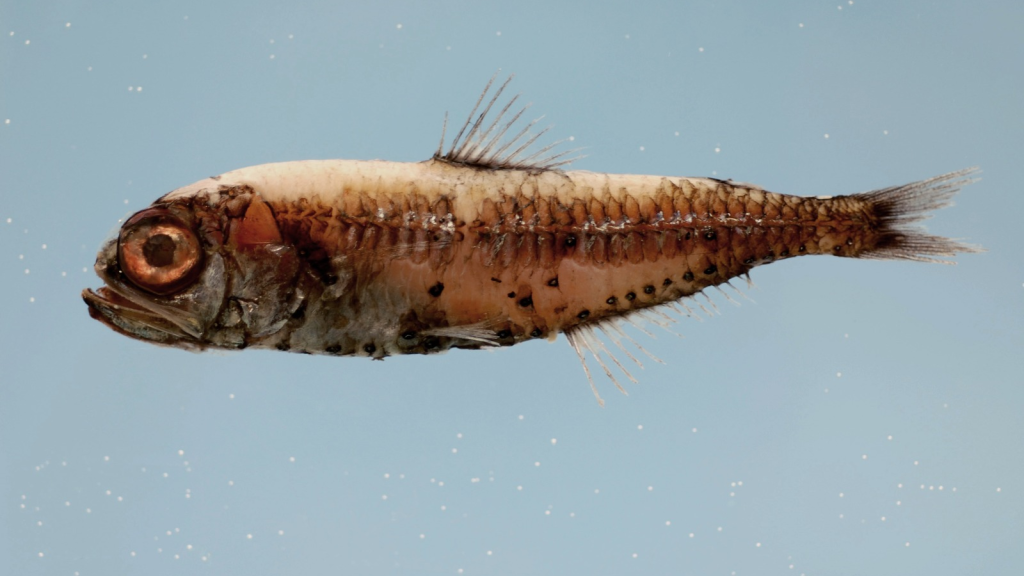
Not all migrations happen horizontally. Some sea creatures, like lanternfish, migrate vertically in the water column each day. They rise to feed at night and sink to deeper, darker waters during the day to avoid predators. This daily movement of countless organisms is so massive that it can be detected by sonar, creating what scientists call the “deep scattering layer”.
Internal Clock
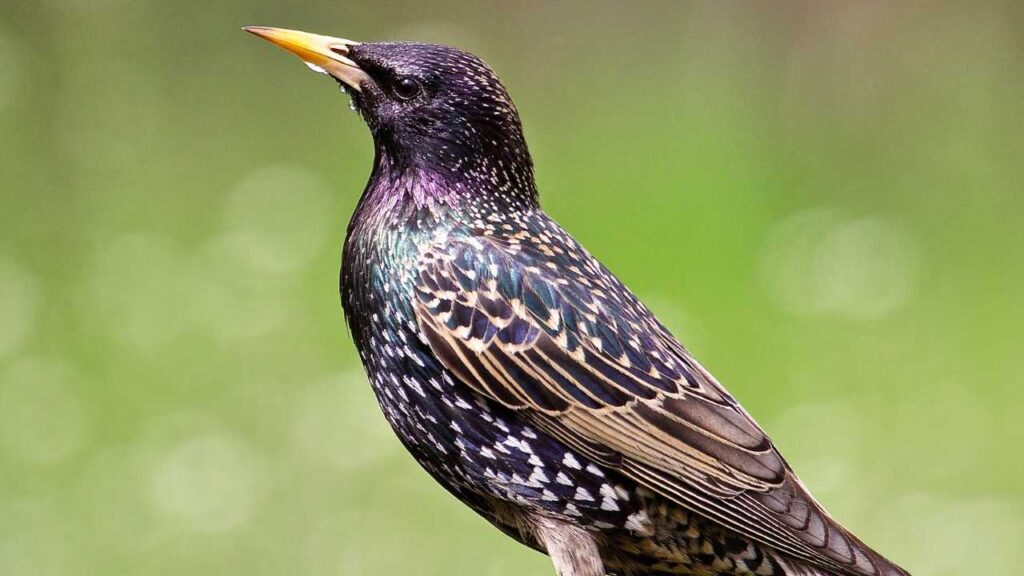
Many migratory animals have an internal clock that tells them when it’s time to move. This biological timekeeper is often triggered by changes in daylight hours, ensuring they start their journey at the right time each year. In some species, like European starlings, this internal clock is so precise that it can be accurate to within a few days over an entire year.
Extreme Altitude
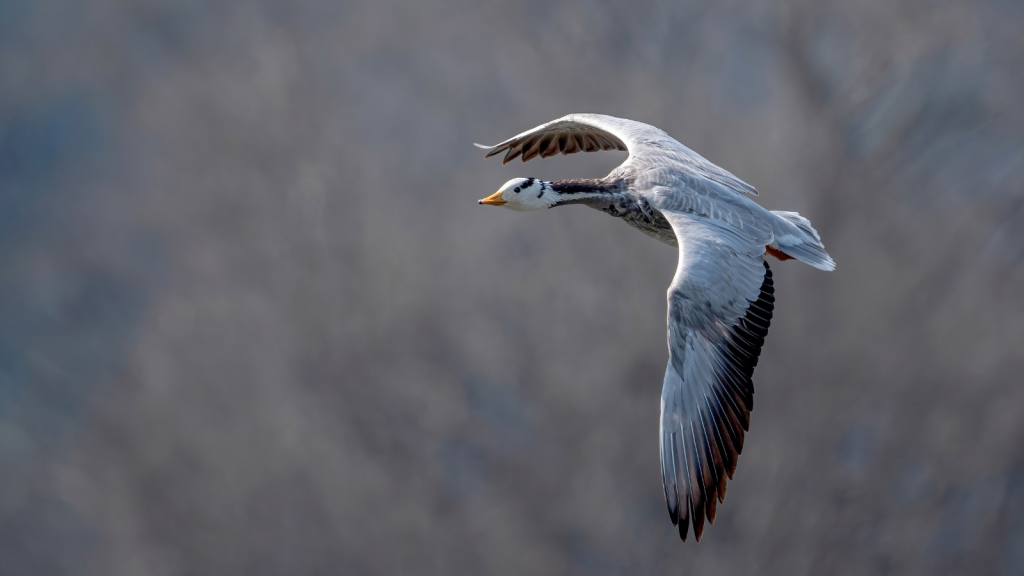
Bar-headed geese fly over the Himalayas during their migration, reaching altitudes of up to 9,000 metres. Their bodies have special adaptations to cope with the thin air and extreme cold at these heights. These geese have larger lungs and more efficient haemoglobin than other birds, allowing them to extract oxygen from the thin air effectively.
Magnetic Sense Recalibration
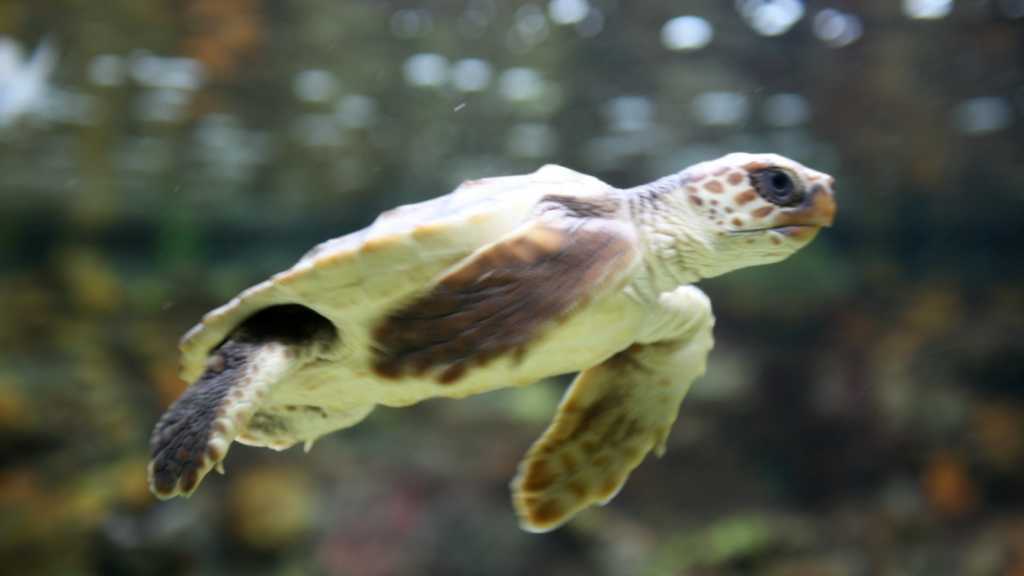
Some animals, like loggerhead sea turtles, can recalibrate their internal magnetic compass as they travel. This allows them to stay on course even as they move through different magnetic fields across the globe. They achieve this by using both magnetic inclination and intensity to determine their latitude and longitude.
Transoceanic Non-Stop Flight
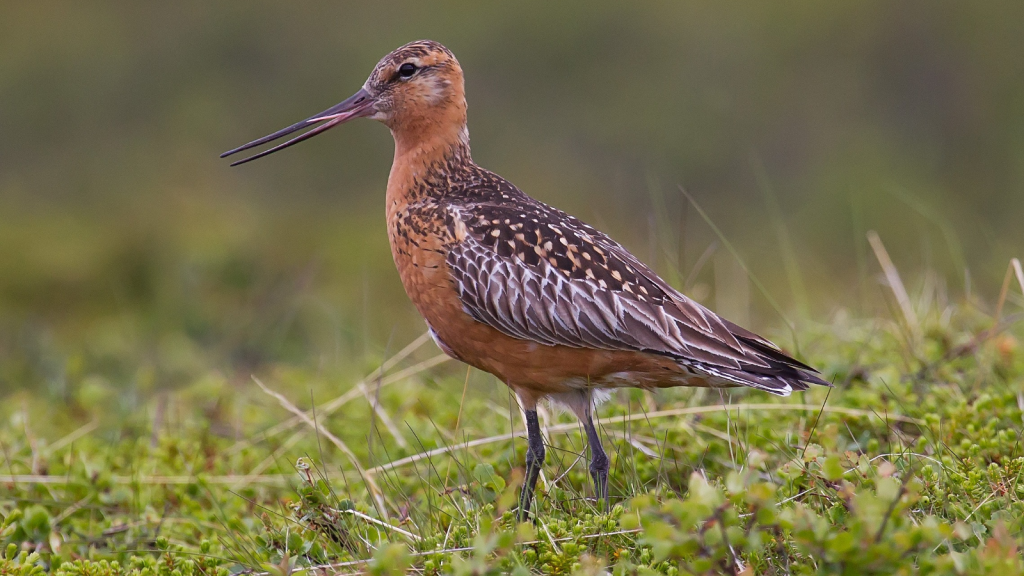
Bar-tailed godwits can fly non-stop for nine days straight, covering over 11,000 kilometres without rest, food, or water. This incredible feat of endurance takes them from Alaska to New Zealand in one go. During this journey, they burn through almost half their body weight, pushing the limits of avian physiology.
Memory Masters
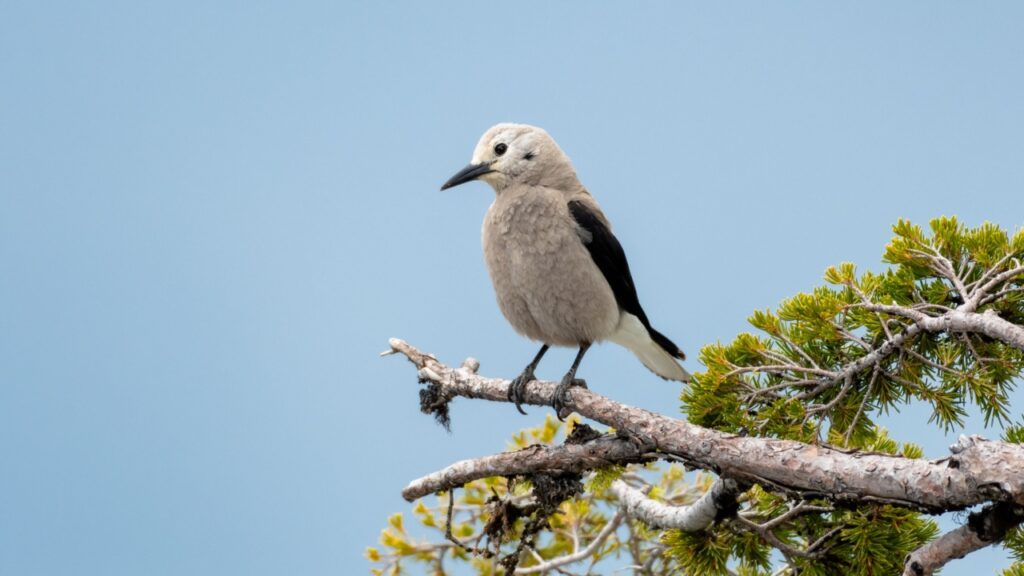
Experienced migratory birds often remember specific landmarks along their route. They use these visual cues in combination with other navigation methods, creating a complex mental map of their journey. Some species, like Clark’s nutcrackers, can remember the locations of up to 20,000 seed caches, demonstrating the impressive capacity of their spatial memory.
Becky is a fervent wildlife enthusiast and pet care expert with a diploma in canine nutrition. Her love for animals stretches beyond the domestic, embracing the wild tapestry of global fauna. With over a decade of experience in animal welfare, Becky lends her expertise to OutlandishOwl through insightful articles, captivating wildlife information, and invaluable guidance on pet nutrition. Her work embodies a deep commitment to understanding the intricate lives of animals and a passion for educating others on sustaining natural habitats. Becky's hands-on conservation efforts and her knack for translating complex dietary science into practical pet feeding tips make her an indispensable voice for creatures great and small.

